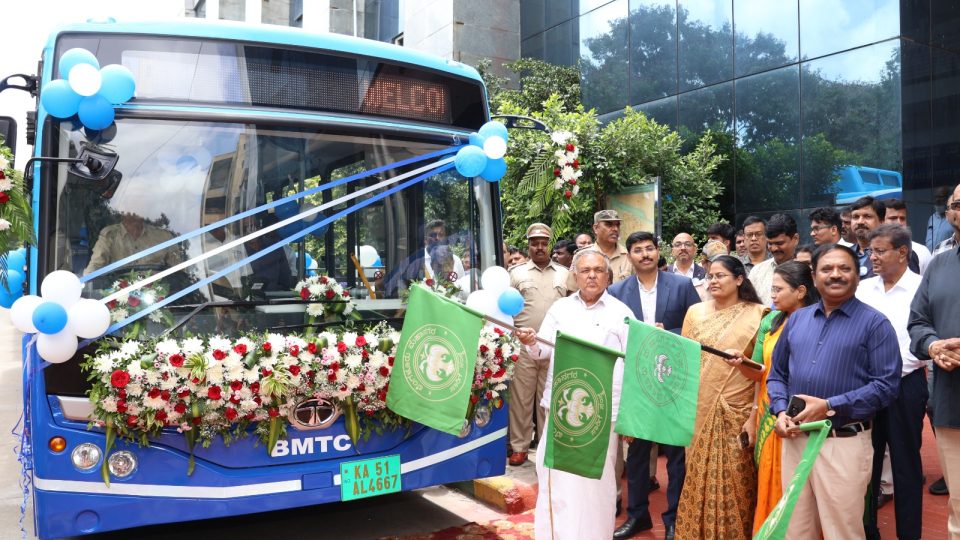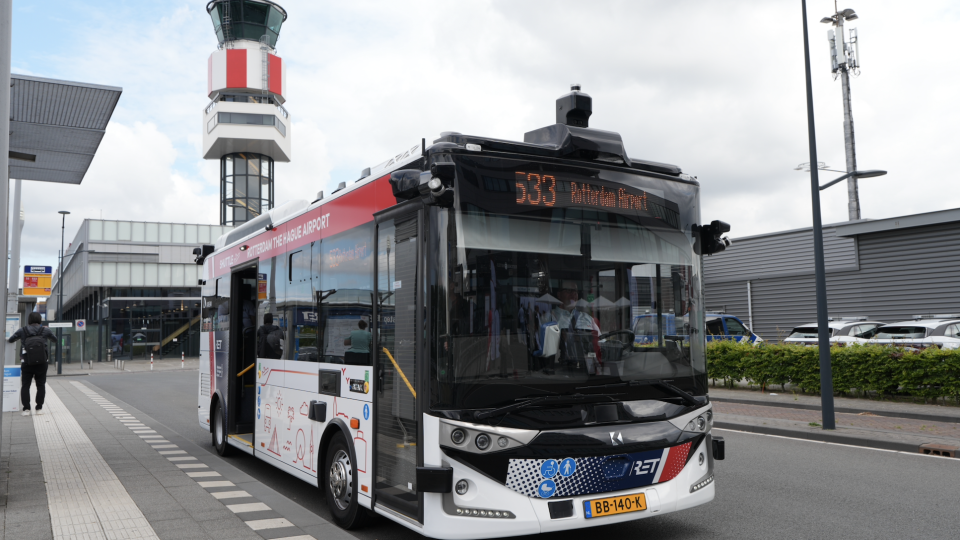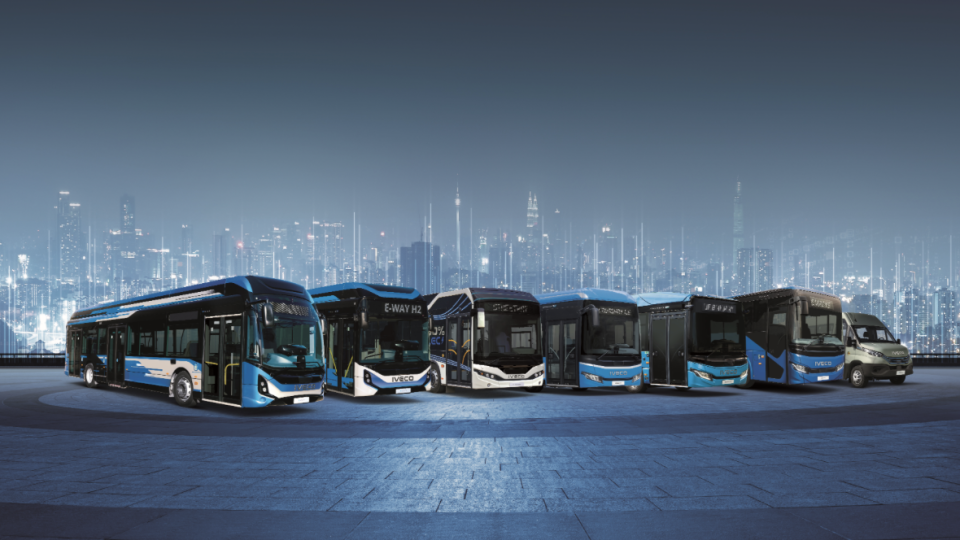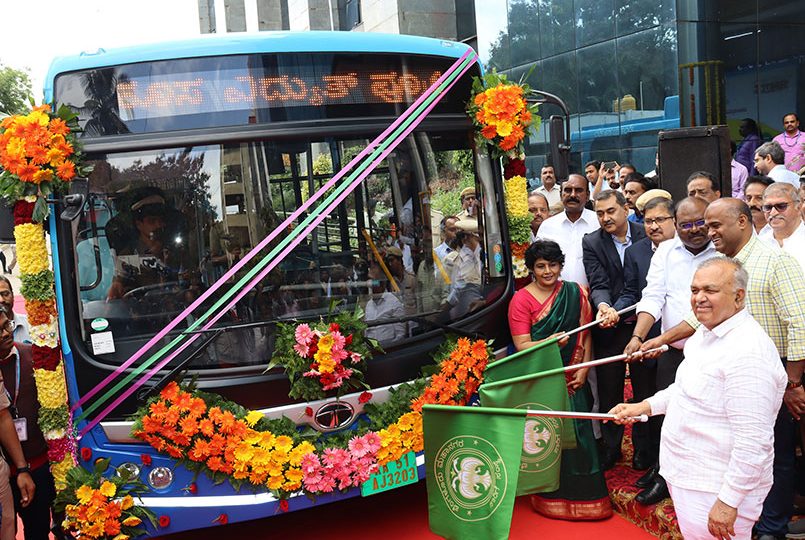Buses as the UK’s backbone: strategic investments for resurgence, according to Cubic
A contribution by Aaron White, Business Development Director, Cubic Transportation Systems Are buses the backbone of economic recovery? The pandemic had a disastrous effect on the economy, with the UK experiencing a significant drop in GDP. Whilst the Office for Budget Responsibility reported that the UK will narrowly avoid a recession this year, significant work […]
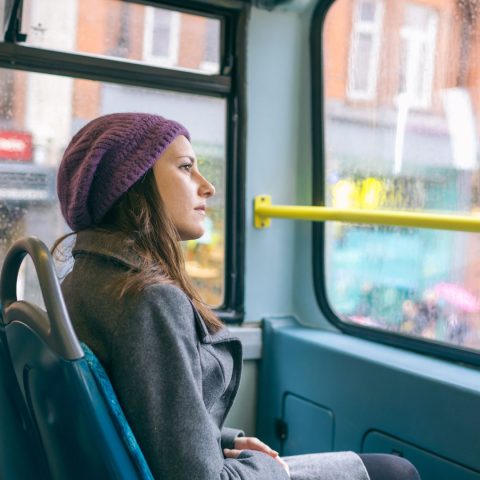
A contribution by Aaron White, Business Development Director, Cubic Transportation Systems
Are buses the backbone of economic recovery? The pandemic had a disastrous effect on the economy, with the UK experiencing a significant drop in GDP. Whilst the Office for Budget Responsibility reported that the UK will narrowly avoid a recession this year, significant work will be required to stabilise the country’s economy.
The past few years have been a whirlwind of instability and uncertainty. The pandemic had a huge negative impact on public transport as people were forced to stay at home and, even now, the number of journeys made on London’s bus network is down 12% on 2019 levels. Therefore, the question remains: how can we best reinvigorate the sector and boost passenger numbers?
Investment pays off
There’s no doubt that smart investments will pay off and investment in broader public transport can have a similarly positive impact. According to the government’s Bus Back Better strategy document, buses are at the centre of the public transport network, making 4.07 billion journeys in England in 2019/2020, more than twice as many as the railways. This naturally suggests that investing in our bus network can have a positive upside. At the beginning of the year, when we were clouded with economic uncertainty, the government introduced a £2 fare cap to this popular mode of transport, which ultimately has driven more journeys. This cap, which was initially supposed to last three months, has now been extended until the end of December 2024.
On the other hand, whilst buses still account for 69% of journeys, 7,000 routes have been culled over the past 20 years. According to Labour, the number of bus routes has fallen from 17,394 to 8,781 since 2011 due to factors such as operators merging and a change in management. Outside of London, buses are run where and when bus companies want, meaning uneconomical routes often get culled. However, in Manchester and Liverpool, the cities’ mayors have been working to increase bus routes by taking them under local control which will mean subsidising these cut routes. Changes in how Bus Service Improvement Plans (BSIPs) have been funded has also led to differences in the level of service. So, it is a mixed bag when it comes to the bus network and the recent announcement of a meagre £155m in bus recovery grants doing little to build confidence.

The backbone of economic recovery
Whilst some distance has been covered to get public transport back to post-Covid stability, the TUC recently published a report which highlights how a hefty £18bn investment in the public transport network could generate £50bn for the public purse while creating 140,000 direct jobs, closing the gap to economic prosperity. It outlines how a revitalised public transport ecosystem could provide the backbone for continued economic growth while the reduction in carbon emissions would contribute to better health, less pollution and fewer accidents.
The report sets out an alternative green vision to EVs which are regularly promoted as the answer to pollution. Whilst we need to eliminate our reliance on fossil fuels, the truth is that EVs still take up lots of precious road space, creating congestion and risking traffic accidents. Although the Prime Minister recently confirmed plans to push the diesel and petrol car ban back five years from 2030 to 2035, the government’s plans still heavily rely on EVs as a sole answer rather than focussing on reducing the number of tyres on tarmac.
In reality, we need a more effective public transport network, but without proper investment, we’ll see traffic and road building continue to grow. The TUC research indicates that without such investment, it will cancel out 80% of carbon savings over the next twelve years. Instead, a transit-first policy is the best approach to reduce our private vehicle dependency while moving people onto buses, trams and trains. By taking cars off the road, we can reclaim road space for new cycle paths, rapid bus lanes and wider pedestrian footpaths, making the urban environment more attractive and liveable. To make this a reality, we need the right tools to nudge passengers in the right direction, which is where digital mobility solutions come to the fore.
A truly digital future for buses
These solutions combine IoT, AI and apps to create services that connect multiple transit modes to improve efficiency. By collecting data from many, previously siloed sources, such as ticketing, toll booths, traffic cameras and sensors, they can provide total, real-time visibility of network demand and bottlenecks. As a result, managers can introduce versatile and adaptable incentives, such as dynamic pricing, to optimise traffic and entice passengers.
These solutions can integrate all aspects of a journey, from bus to train to ridesharing, in one intuitive, coordinated plan, helping passengers get the best value and the fastest journey. By reducing congestion and improving the passenger experience using such tools, we can attract many more people to the bus network.
Moreover, from a bus perspective, Demand Responsive Transport (DRT) shows great promise. This is a shared bus for groups and individuals, which changes its route based on demand rather than a fixed schedule. Using an app, people can request a bus by entering their address and expect it to arrive fairly quickly. It won’t replace existing bus routes but will provide an overlay in rural areas where there is little provision.
Developments and innovations like these will drive the evolution of the bus sector but it must be underpinned by government funding. With a long-anticipated Transport Bill promised last year, many in the industry are encouraging the government to make real commitments to connected and autonomous vehicles, smart ticketing, micro-mobility and Mobility as a Service. However, only with substantial investment in the bus network, can we provide the backbone for continued economic growth.




